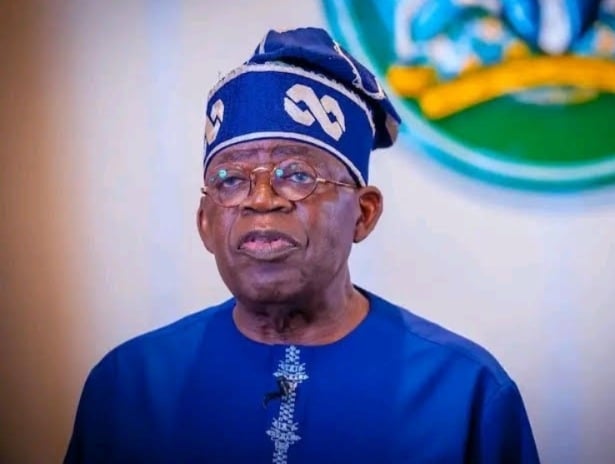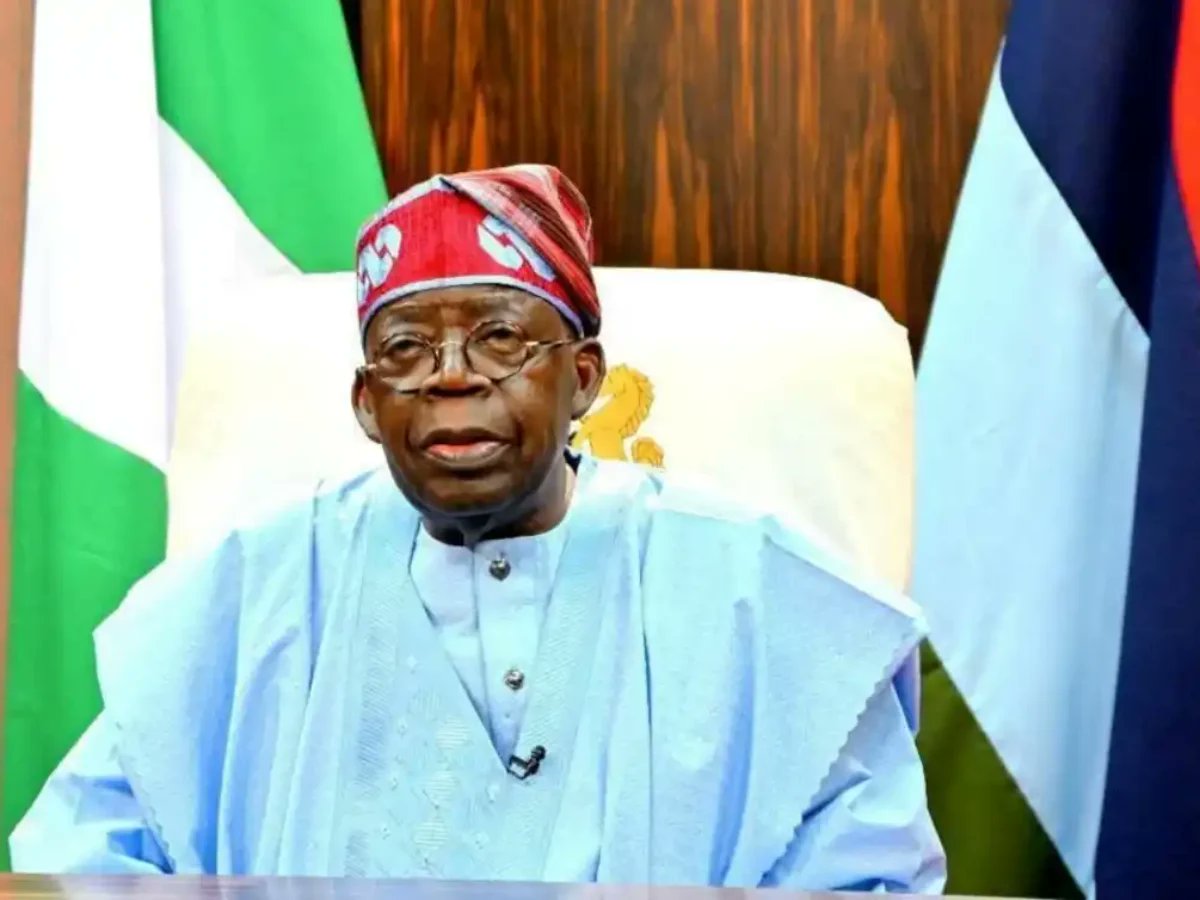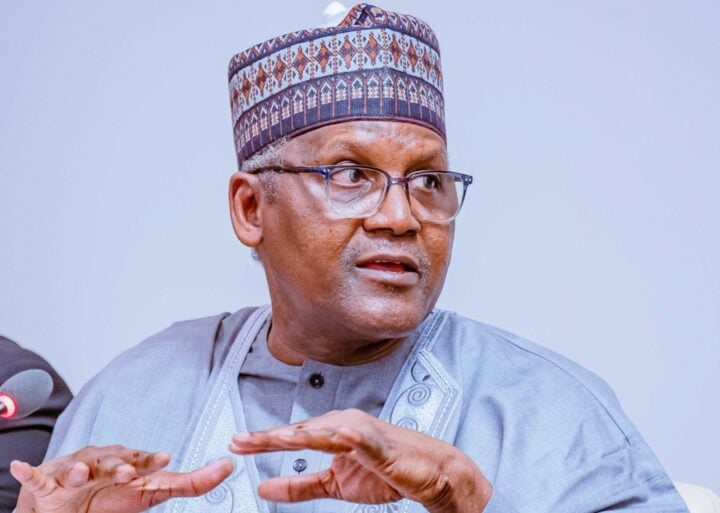E-Payment Boom: Transactions Skyrocket 40% to ₦205.4 Trillion in First Half of 2022!

Nigeria's electronic payment landscape has experienced a monumental surge, with transactions through the Nigeria Inter-Bank Settlement Systems (NIBSS) Instant Payment platform (NIP) reaching ₦205.4 trillion between January and July 2022. This represents a substantial 40% increase compared to the ₦145.8 trillion recorded in the same period of the previous year. The growth in value is directly correlated with a significant rise in transaction volume, which climbed to 2.7 billion in the first seven months of 2022, marking a 42% increase from 1.9 billion recorded in the corresponding period of 2021.
This remarkable growth trajectory is not new; NIBSS had previously reported that the total value of e-payment transactions in the first four months of 2022 alone (₦117.33 trillion) had already surpassed the entire online transaction volume for 2019 (₦108.42 trillion). Historically, e-payment transactions totaled ₦162.89 trillion in 2020 and ₦278.38 trillion in 2021, underscoring a consistent upward trend. The monthly breakdown for 2022 further illustrates this robust expansion: January saw ₦26.6 trillion (43.7% increase year-on-year), February ₦27.2 trillion (48.6% increase), March ₦31.8 trillion (44.5% increase), April ₦29.2 trillion (41.6% increase), May ₦29.6 trillion (43% increase), June ₦31.7 trillion (37% increase), and July ₦29.3 trillion (31% increase).
A primary catalyst for this acceleration in e-payment adoption has been the COVID-19 pandemic, which prompted a widespread shift towards electronic channels for funds exchange. The International Monetary Fund (IMF) noted that mobile money transactions in Nigeria surged to approximately 9.72% of the country’s Gross Domestic Product (GDP) in 2020 due to the pandemic. Lilian Phido, Head of Corporate Communications at NIBSS, attributed this growth to increased public acceptance of available payment channels and the platforms' enhanced stability. Furthermore, NIBSS introduced its NQR payment solution in March 2021, an interoperable national QR code standard designed to facilitate instant Person-to-Business (P2B) and Person-to-Person (P2P) payments via QR code scanning. Premier Oiwoh, CEO of NIBSS, emphasized that the NQR Payment initiative aims to redefine the Nigerian payment experience and deepen financial inclusion by unifying existing closed QR code schemes.
Beyond NIP, Nigeria's real-time payment ecosystem is also flourishing. A 2021 report by ACI Worldwide, in partnership with GlobalData, revealed that Nigeria recorded 3.7 billion real-time transactions in 2021. This activity generated an estimated $296 million in cost savings for businesses and consumers and unlocked an additional $3.2 billion in economic output, equivalent to 0.67% of the nation’s GDP. Projections by ACI Worldwide indicate an even more significant future, with real-time transactions expected to reach 8.8 billion by 2026. This growth is forecasted to lead to net savings of $2.3 billion for consumers and businesses and generate an additional $6 billion in economic output, representing 1.01% of the country’s forecasted GDP, as paper-based payments are increasingly displaced. This shift is a testament to government regulators' success in fostering rapid digital openness, with ongoing efforts to extend this momentum to cross-border use cases.
The global context also supports Nigeria’s digital payments boom. According to the World Bank's Global Findex 2021 database, the pandemic spurred financial inclusion worldwide. In 2021, 76% of adults globally had an account at a bank, other financial institution, or mobile money provider, up from 68% in 2017 and 51% in 2011. Two-thirds of adults worldwide now engage in digital payments, with the share in developing economies growing from 35% in 2014 to 57% in 2021. Mobile money, in particular, has been a key driver of financial inclusion in Sub-Saharan Africa. The number of e-payment transactions is projected to continue its upward trend, with a possible 50% increase anticipated in 2023.
Leveraging this digital payment surge, the Federal Government plans to generate ₦483.73 billion in three years (2023-2025) through the Electronic Money Transfer Levy (EMTL). Projections from the Budget Office of the Federation indicate expected revenues of ₦137.03 billion in 2023, ₦157.59 billion in 2024, and ₦189.11 billion in 2025, following ₦111.84 billion collected in 2021. However, this levy has drawn criticism from industry stakeholders. Victor Olojo, National President of the Association of Mobile Money Agents in Nigeria, acknowledged the levy as a significant revenue source for the government but highlighted its negative impact on businesses. He described the automatic deduction of ₦50 stamp duty for every transaction above ₦10,000 as a “rip-off,” especially when businesses already pay other taxes like VAT without a visible, commensurate impact on public amenities or business support.
Recommended Articles
President Tinubu Urges Global Action on Non-Communicable Diseases and Mental Health at UNGA

President Bola Ahmed Tinubu has urged global leaders to increase investments and partnerships to tackle non-communicable...
Nigeria Marks 65 Years of Independence: Reflection, Challenges, and the Path Forward

As Nigeria marks its 65th Independence Anniversary, President Bola Tinubu highlights economic recovery and reforms, whil...
Victory for Workers: Dangote Refinery Reabsorbs Sacked Staff After PENGASSAN Truce

Tension in Nigeria's oil and gas sector has de-escalated as the Federal Government brokered a truce between PENGASSAN an...
Presidential Shake-Up: Tinubu Installs New Leadership Across Key Federal Agencies

President Bola Tinubu has approved new heads for three significant Federal Government agencies, including the National B...
Economic Crisis Brews: Dangote Refinery vs. PENGASSAN Labor Dispute Escalates

A major labour dispute involving Dangote Refinery, PENGASSAN, and TUC is currently the focus of high-level government me...
You may also like...
Haaland's UCL Rampage: Brace, Record, and X-Rated Fury Rocks European Football!

Manchester City were held to a frustrating 2-2 draw against Monaco in the Champions League, despite Erling Haaland's two...
Manchester United's Managerial Maze: Amorim on the Brink, Solskjaer's Ghost Looms

Ruben Amorim faces unprecedented pressure at Manchester United as inconsistent results and a low Premier League standing...
Real-Life Couple Justin Long & Kate Bosworth Unleash 'Coyotes' Horror Comedy, Securing UK Deal

Real-life partners Justin Long and Kate Bosworth star in the new horror comedy and survival thriller “Coyotes,” a film t...
Kenyan Star Bahati Ignites Firestorm with Provocative New 'Seti' Track!

Bahati has ended his musical hiatus with the controversial new song "Seti," featuring explicit content that deviates fro...
Global K-Pop Domination Ignored by Grammys? A Critical Look

Korean pop music has achieved global megaforce status, dominating charts and captivating millions of fans worldwide. Des...
One Direction Reunites! Global Pop Idols Confirm Massive New Project

One Direction stars Louis Tomlinson and Zayn Malik are reportedly reuniting for a Netflix road trip documentary, set to ...
Royal Arrival: Victor & Henrietta Thompson Welcome Baby Princess Zivah!

Gospel singer Victor Thompson and his wife, Henrietta, have joyfully welcomed their baby girl, Zivah Ufuoma Tamunopakiri...
Viral Sensation: M&S 'Cuddle' Jumper Takes Autumn by Storm at Just £26

Discover the M&S Textured Crew Neck Jumper, a viral sensation perfect for colder days. Praised for its luxurious feel, v...